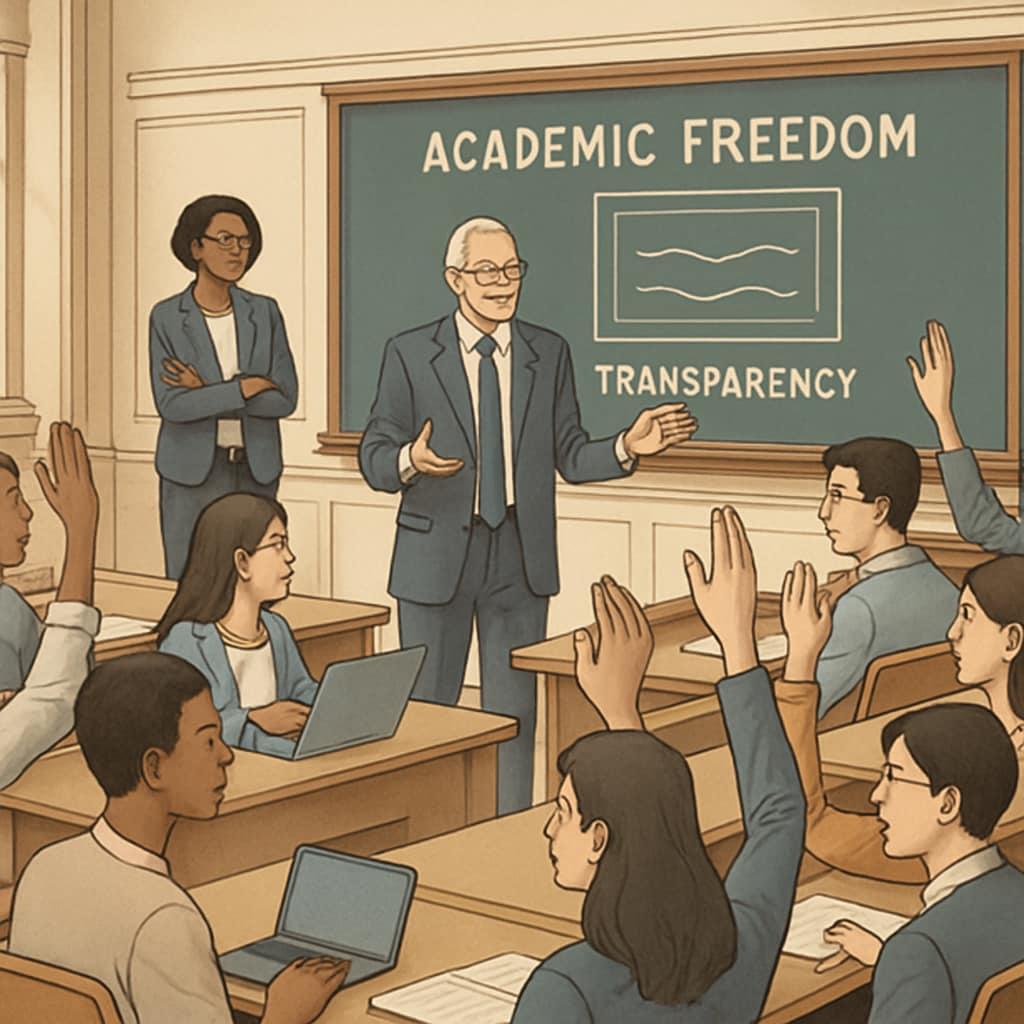Recent developments involving the Heritage Foundation and Project 2025 have ignited a nationwide conversation about educational independence. These conservative organizations have requested public access to university course content, raising concerns among academics about the potential implications for freedom in teaching and learning. While the debate primarily centers around higher education, its ripple effects are increasingly evident in K12 classrooms, where discussions about curriculum autonomy and oversight are gaining traction.
Understanding the Controversy: Academic Freedom vs. Transparency
Academic freedom, defined as the ability of educators to teach and research without external interference, is a cornerstone of modern education. Proponents argue that this independence fosters innovation, critical thinking, and intellectual growth. However, organizations like the Heritage Foundation and initiatives such as Project 2025 have introduced a contrasting viewpoint, emphasizing the need for transparency in course content. Their requests for public records of university syllabi and teaching materials aim to ensure accountability and prevent perceived ideological bias in education.

In K12 education, the debate takes on a different but equally significant dimension. Parents and advocacy groups increasingly demand insight into classroom activities and lesson plans to ensure alignment with community values. While transparency is essential in public education, critics warn against excessive oversight that could stifle teachers’ creativity and limit students’ exposure to diverse perspectives.
The Ripple Effects on K12 Classrooms
The current focus on university-level transparency has sparked similar demands in K12 settings. For example, some states have introduced legislation requiring schools to publish their curriculums online. While this may seem like a reasonable step toward transparency, educators caution that overly strict mandates can lead to unintended consequences, such as self-censorship or reluctance to tackle complex topics.
The balance between autonomy and oversight becomes particularly critical in K12 classrooms, where teachers play a pivotal role in shaping young minds. Excessive external control could undermine their ability to adapt lessons to local needs or engage students in meaningful discussions. On the other hand, a lack of transparency can erode trust between schools and communities.

Finding the Middle Ground
To address this contentious issue, stakeholders must strive for a middle ground that respects both educational independence and the public’s right to transparency. Here are several strategies to achieve this balance:
- Encourage open dialogue between educators, parents, and policymakers to build trust and mutual understanding.
- Develop clear guidelines for curriculum transparency that protect teacher autonomy without compromising accountability.
- Promote professional development for educators to navigate sensitive topics effectively while adhering to transparency requirements.
- Leverage technology to provide accessible yet secure platforms for sharing educational materials with stakeholders.
By implementing these measures, schools can create an environment where both autonomy and oversight coexist harmoniously, ultimately benefiting students and communities alike.
Conclusion: Navigating the Future of Education
The debate sparked by organizations like the Heritage Foundation and Project 2025 underscores the complex dynamics of educational independence and external scrutiny. As this issue continues to evolve, it is crucial to foster balanced solutions that uphold academic freedom while ensuring accountability in both higher education and K12 classrooms. Ultimately, striking this balance will require collaboration, innovation, and a commitment to the shared goal of quality education for all.
Readability guidance: This article uses short paragraphs and strategic subheadings to improve readability. Lists are incorporated for key points, and transitions such as “however” and “for example” are used to enhance the flow of ideas. Passive voice is minimized, ensuring an active and engaging tone throughout.


